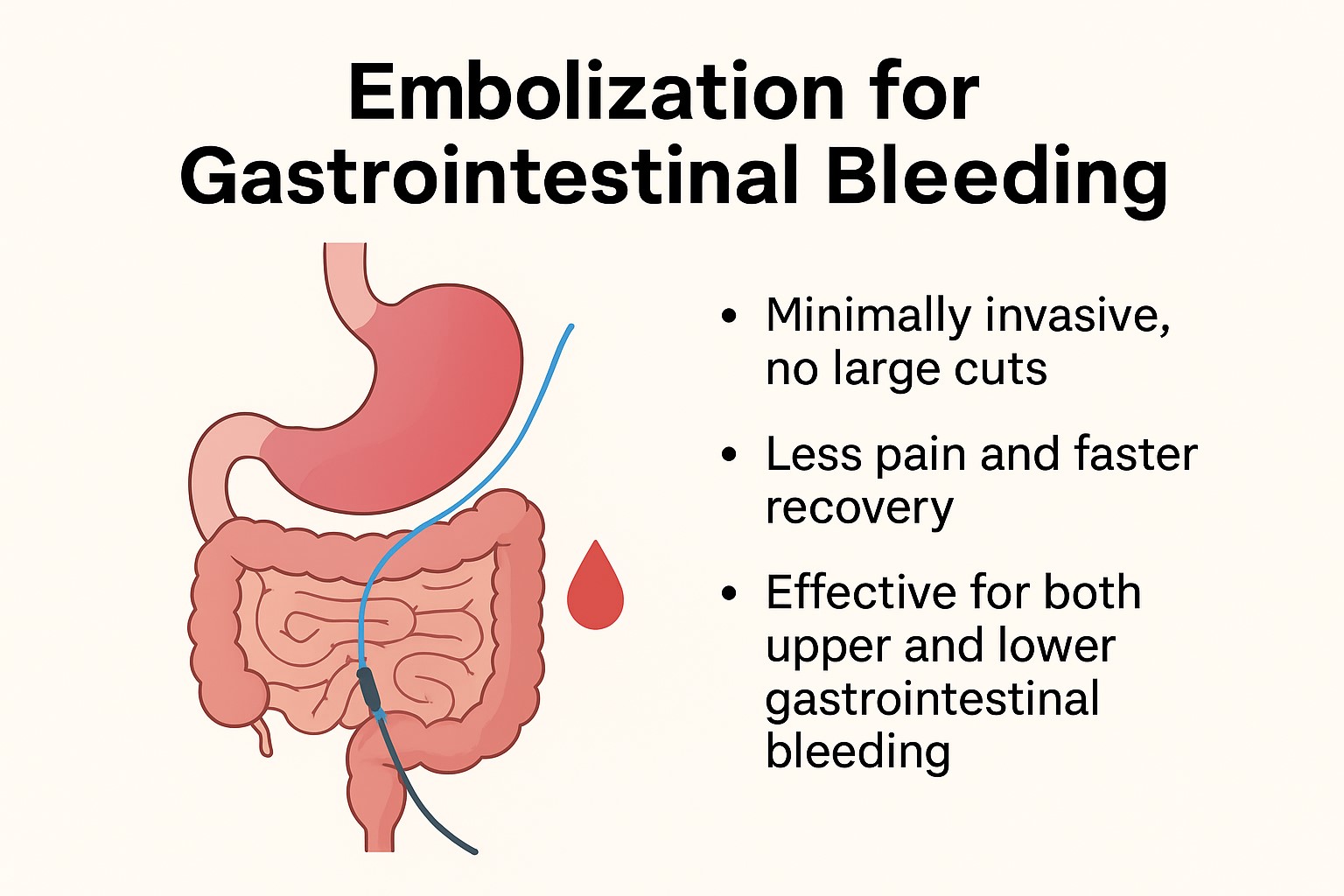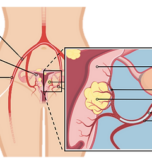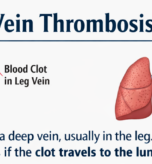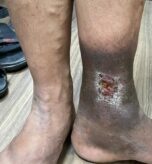Embolization for gastrointestinal bleeding has emerged as one of the most effective and minimally invasive procedures for managing life-threatening GI bleeds. Unlike traditional surgery, this advanced interventional radiology technique uses catheters and imaging to control bleeding without the need for open surgery. It not only stops hemorrhage quickly but also reduces recovery time, making it a preferred treatment option for many patients.
Understanding Gastrointestinal Bleeding
Gastrointestinal bleeding can occur anywhere along the digestive tract, from the esophagus to the rectum. Causes may include peptic ulcers, diverticulosis, inflammatory bowel disease, vascular malformations, or even tumors. In severe cases, GI bleeding may lead to anemia, shock, or life-threatening complications if not treated promptly. Traditional treatments often include endoscopic therapy, medications, or in rare cases, surgery. However, when these measures fail, Embolization for gastrointestinal bleeding provides a highly effective alternative.
What Is Embolization and How Does It Work?
Embolization is a minimally invasive procedure performed by interventional radiologists. Using advanced imaging, a thin catheter is inserted through the femoral or radial artery and guided to the bleeding site in the GI tract. Once located, tiny embolic agents (such as coils, particles, or glue) are released to block the bleeding blood vessel.
This technique immediately reduces blood flow, sealing the source of bleeding while preserving healthy tissue. Unlike surgery, it avoids large incisions and has fewer complications, making it suitable for high-risk patients.
Benefits of Embolization for Gastrointestinal Bleeding
Patients undergoing this procedure can expect:
-
- Rapid bleeding control with high success rates.
-
- Minimally invasive treatment without the risks of open surgery.
-
- Shorter hospital stay and faster recovery.
-
- Reduced risk of complications, especially in elderly or medically fragile patients.
-
- Preservation of organ function, unlike surgical resection.
These benefits make embolization a first-line option when endoscopic therapies fail or when patients are poor surgical candidates.
Recovery and What to Expect After the Procedure
Most patients recover quickly after embolization. Mild side effects such as low-grade fever, nausea, or minor pain at the catheter insertion site may occur but usually resolve within a few days. Patients can generally return to normal activities within a week.
Follow-up imaging may be scheduled to ensure long-term success and confirm that no further bleeding has occurred. Compared to traditional surgery, recovery is significantly smoother and less disruptive.
Who Is a Candidate for Embolization?
Embolization is particularly useful for:
-
- Patients with severe upper or lower GI bleeding not controlled by endoscopy.
-
- Individuals at high surgical risk due to age or medical conditions.
-
- Patients with recurrent gastrointestinal bleeding where traditional therapies have failed.
Your interventional radiologist will evaluate your condition, imaging results, and overall health to decide if embolization is the safest and most effective option.
Why Choose Interventional Radiology for GI Bleeding?
The field of interventional radiology for gastrointestinal bleeding continues to expand, offering patients less invasive yet highly effective solutions. With the use of precise imaging, interventional radiologists can target bleeding vessels with unmatched accuracy, saving lives and reducing recovery times. These procedures significantly reduce the need for open surgery, lowering risks for patients with complex health conditions. They also allow quicker return to normal activities, improving overall quality of life. As technology advances, embolization and other IR techniques are expected to become the gold standard for managing gastrointestinal bleeding worldwide.
FAQ
Q1:What is the best treatment for gastrointestinal bleeding?
The best treatment depends on the cause and severity of bleeding. Options include medications, endoscopic procedures, and in severe cases, interventional radiology techniques like embolization to control bleeding safely.
Q2:How is embolization done to stop bleeding?
During embolization, a catheter is guided into the bleeding artery using imaging, and tiny particles or coils are released to block blood flow, effectively stopping the bleeding.
Q3:What is GDA embolization?
GDA embolization is a procedure where the gastroduodenal artery is blocked using coils or particles to stop upper gastrointestinal bleeding, often caused by ulcers.
Q4:What are the complications of GI embolization?
While generally safe, possible complications include post-procedure pain, risk of infection, unintended blockage of nearby vessels, or, rarely, bowel ischemia.
Q5:What is embolization for internal bleeding?
Embolization for internal bleeding is a minimally invasive method where targeted arteries are blocked to stop bleeding inside the body without the need for open surgery.







